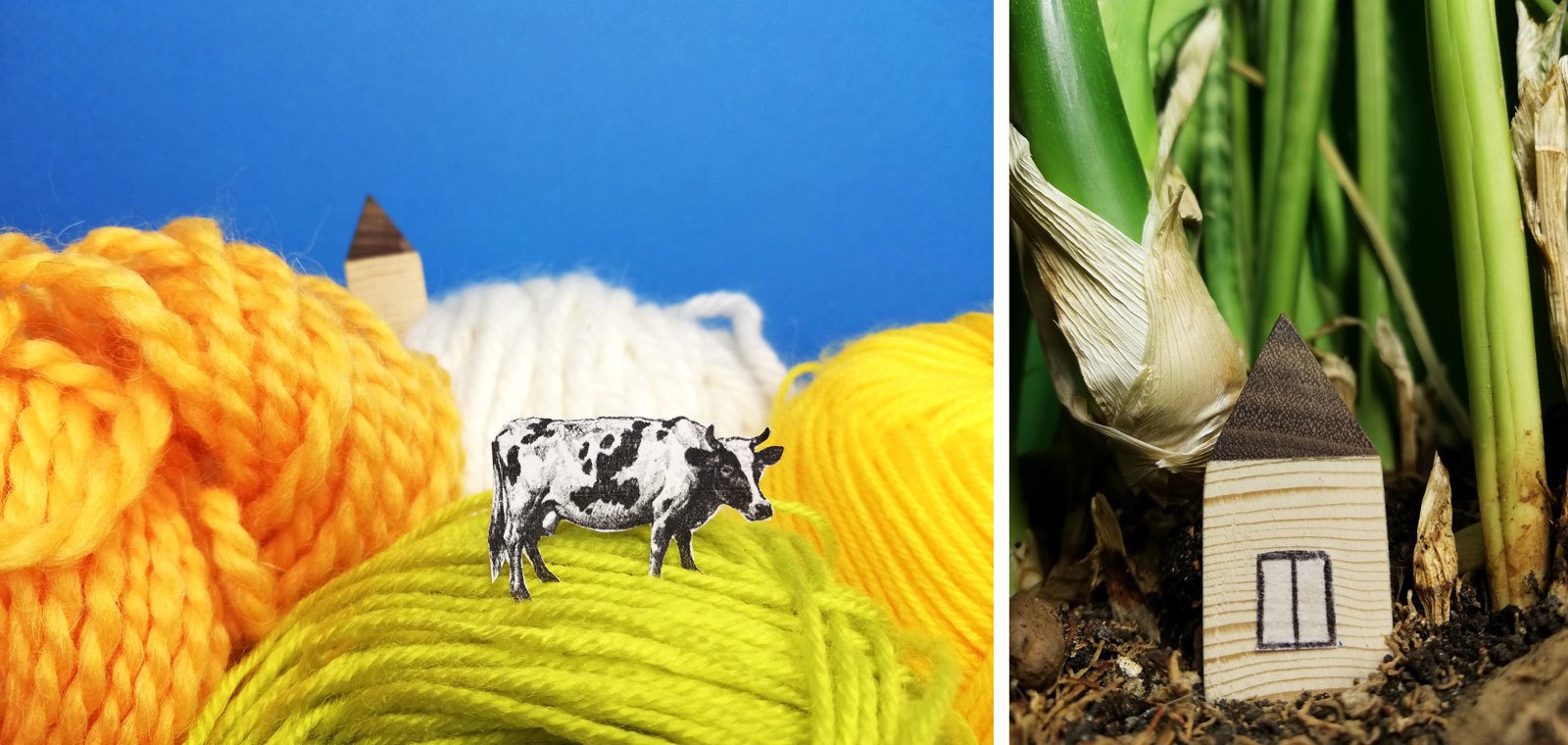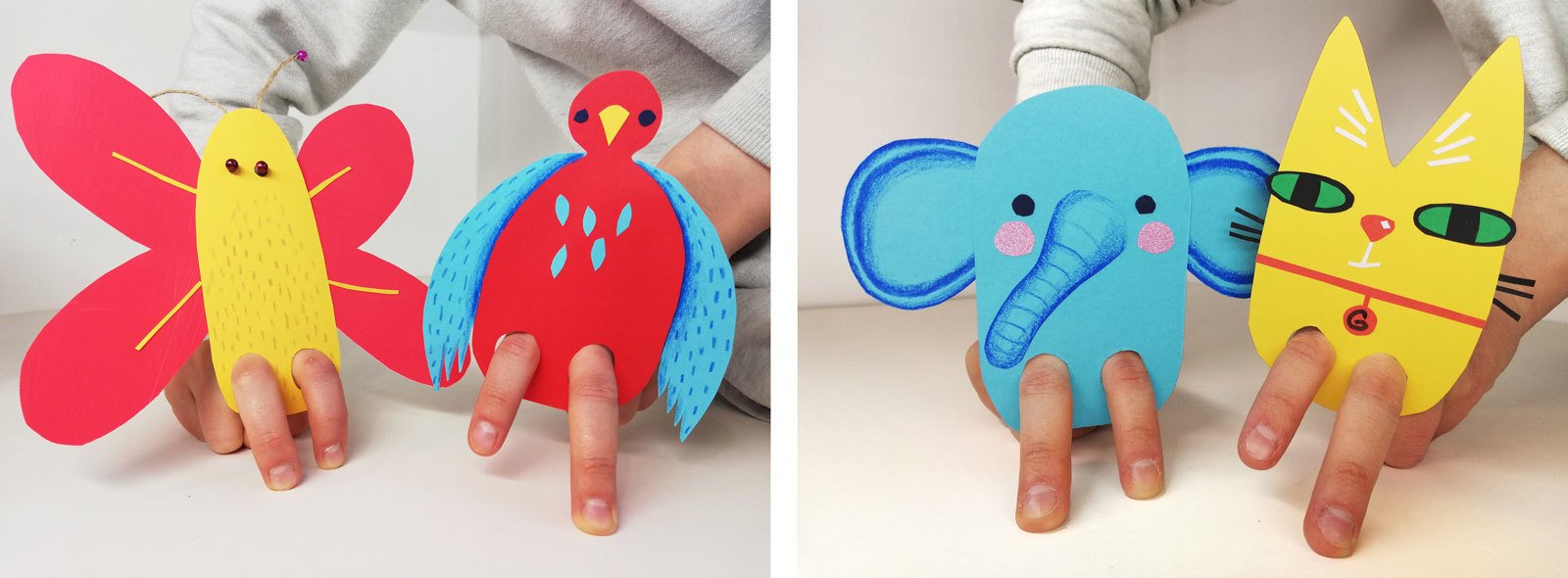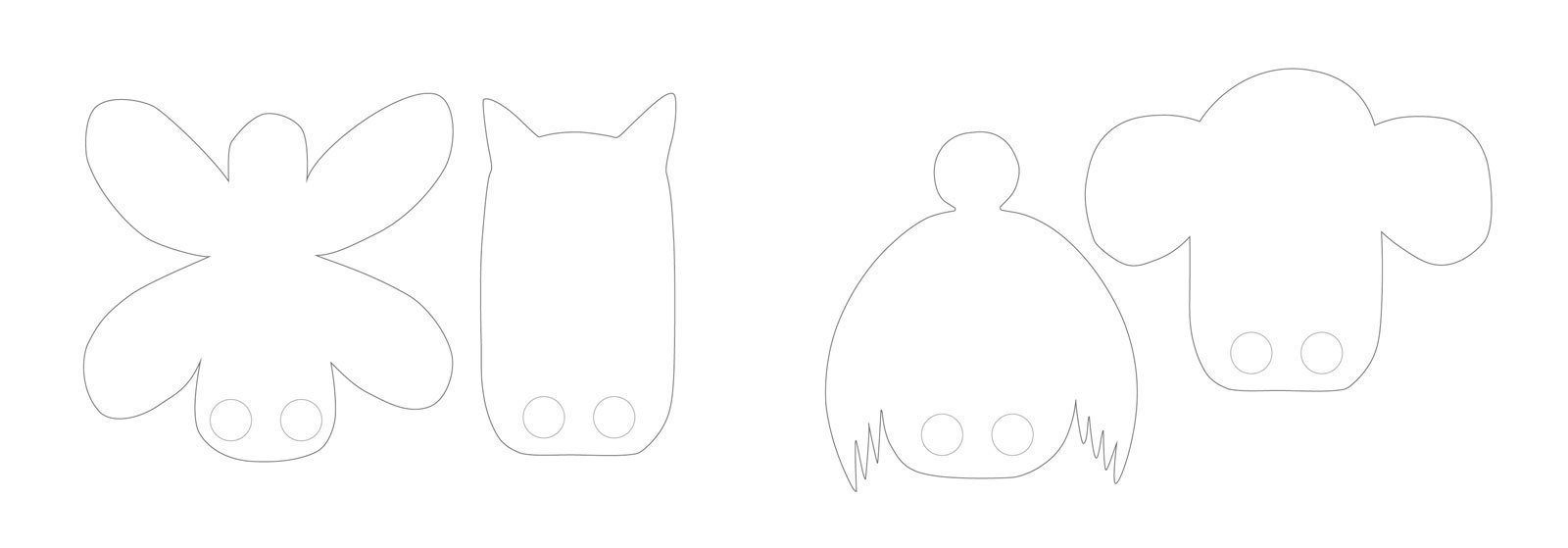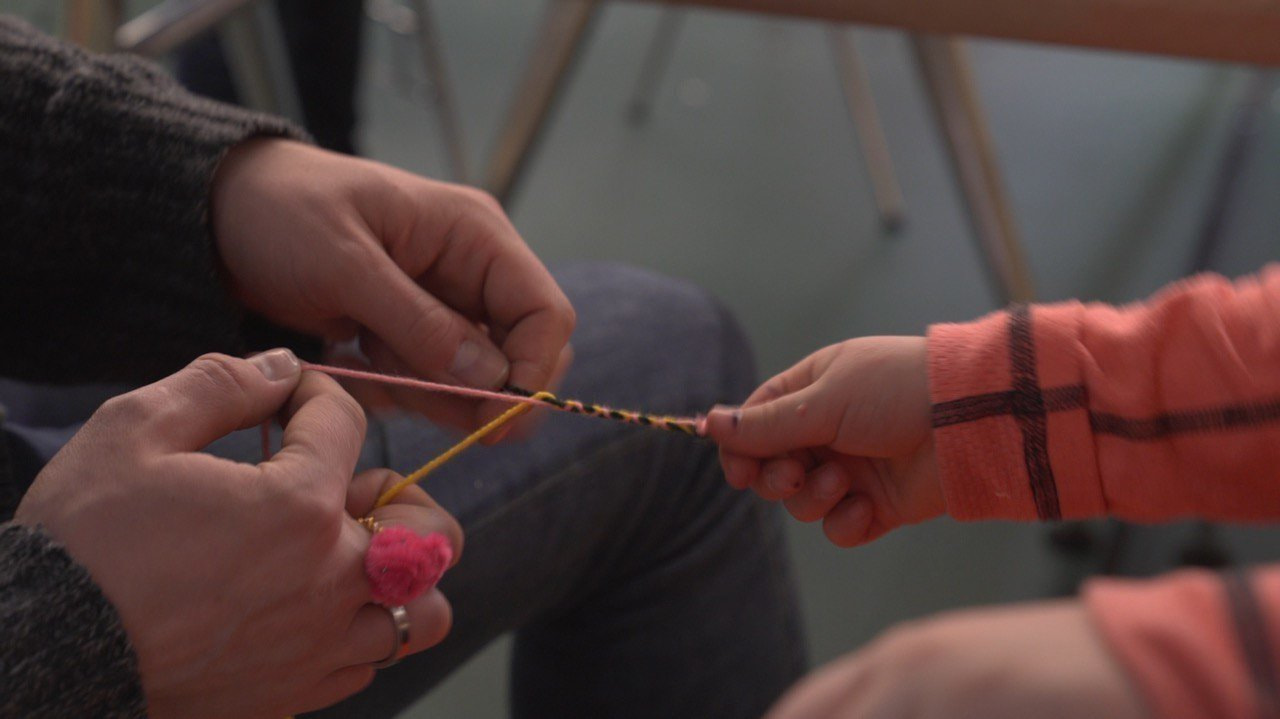Playing with Scale
In a confined space, scale gains more significance than ever. It is a key notion in architecture and design. The idea of scaling is based on the relativity theory of everything—sizes, distances, proportions. It is the size ratio that impacts our perception of what is happening. A speck of dust in the universe-scale paradigm, a man is a giant on the scale of a toy box. A whole world can be built on a table, and a bath can easily operate as a lake, all you need is some imagination. Scale games help to develop imagination and reconsider a familiar space in creative way.
Exercise 1. Scenes. Montage

Many filmmakers and artists created fantastic compositions by simply playing with scale.
American sculptor Claes Oldenburg (whose book is available at Garage bookshop) is known for making installations featuring everyday objects enlarged many times. Apart from museums, his works can be found elsewhere, for example, a giant ice cream cone or a huge clothespin installed right in the middle of the city. You can learn more about Oldenburg and his practice here.
Pablo Delgado creates collages by mixing small cutout and real-life objects. His tiny characters wander around giant streets, run errands, play with the landscape, get into hilarious, or sometimes scary situations. Because of their presence, city space gains a new dimension. Here you can be introduced with Delgado’s works.
You can play with scale anywhere, even at home: just take your dolls or a building kit, or simply cut figures of people and animals out of old magazines. What do these characters do? What surrounds them? Think of a story you can invent about them and soon there will be a fairy forest growing in the flowerpot and a bookshelf turned into a futuristic megalopolis. Looking for inspiration, you can explore the works of photographer Samsofy, whose Lego men storm a coffee machine, look inside a tin can, and make friends with a cat. Alternatively, use your own ideas.
Film the resulting scenes on phone camera making the composition look even more convincing.
Exercise 2. Fantastical Landscapes Made Using the Technique of Frottage

Photo № 1
Grater, corrugated cardboard, potato masher
Photo № 2
sieve, grater, corrugated cardboard, paper clips, fork, mat, plastic item of unknown origin
Many familiar things can be easily recognized not only visually but also through touching. For instance, a terry towel or a colander. We do not usually pay attention to texture, that is the surface of commonly used objects. But Drift around the Flat is a great chance to change this. A grater with notches, a table with grooves, curls of patterns on the handle of a spoon—all these little nuances can form the basis for working with the technique of frottage.
Frottage was invented by Max Ernst. The artist made prints of different things, such as leaves, boards, bread crusts, or mesh, in a unique manner—before completing the drawings with a bit of imagination.
Frottage is easy to learn to do. Put a coin or something else peculiarly textured under a sheet of paper. Then “rub” the sheet with a pencil, crosshatching it so that the outlines of the object beneath appear through paper. It is worth trying to combine fragments of objects with different textures and hatch them using pencils of various colors.
Frottage can be effectively used in combination with other techniques: additional elements can be made using drawing or applique, for example, by gluing characters onto paper.
Exercise 3. The Character’s Journey. For the youngest audience

For such a tiny creature as a finger puppet, a single room’s space appears as a huge and unknown world, when you use your imagination. Let the back of your couch become a mountain, and the bedspread or carpet turn into a sea.
A finger puppet is very easy to make. Draw the figure of the character (no taller than 10 cm) on a sheet of thick paper and mark holes for its “finger-legs” (about 1.5 cm from the bottom edge of the figure).

Then cut the resulting figure along its contours and carefully cut holes for the fingers.
Some details can be drawn or glued on the puppet afterwards, including ears, wings, a tail, or headwear. The character’s face can be made using the applique technique, but perhaps it is easier to draw these.
Ready? The character can now set out on an exciting journey around the flat!
